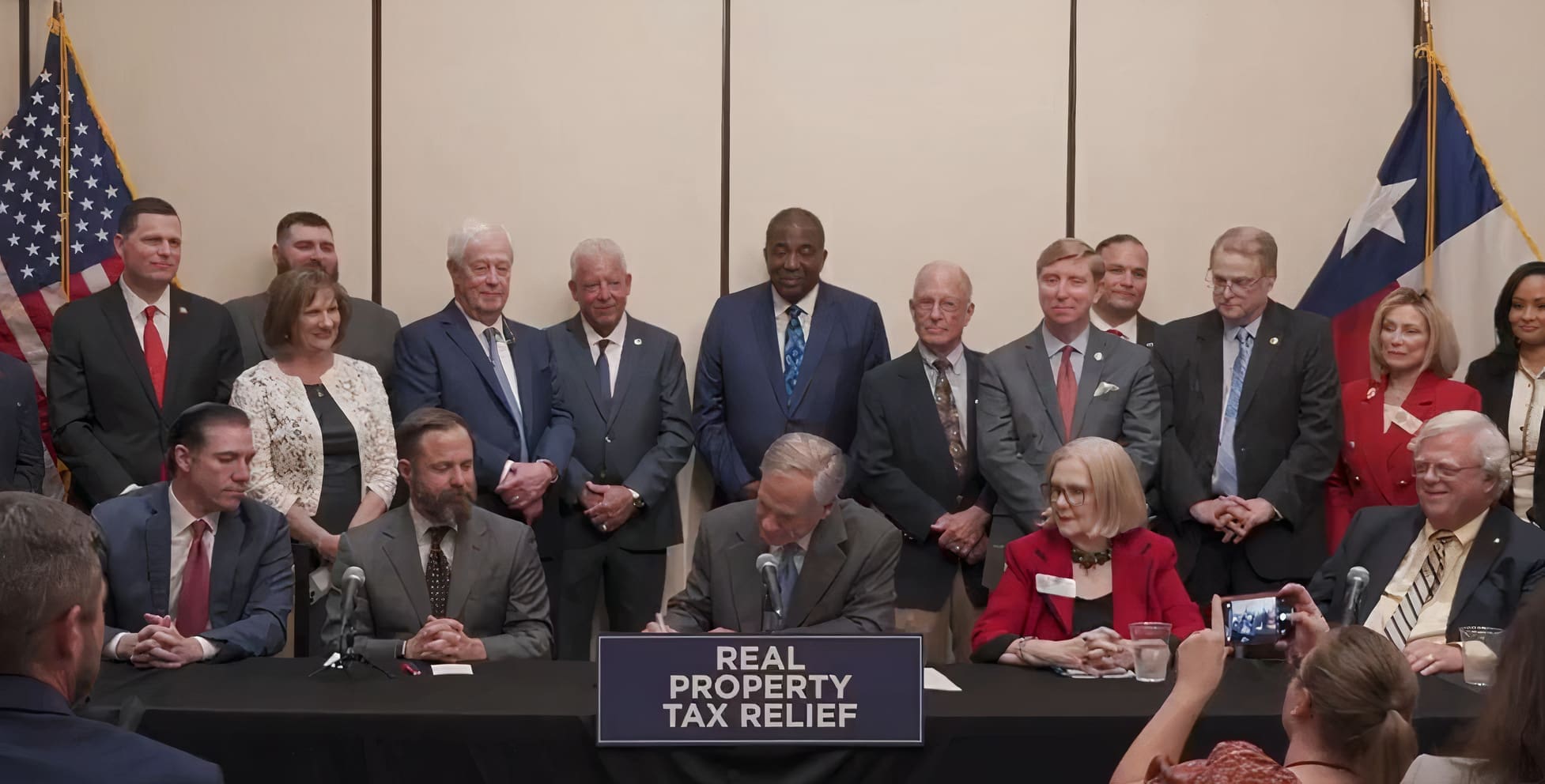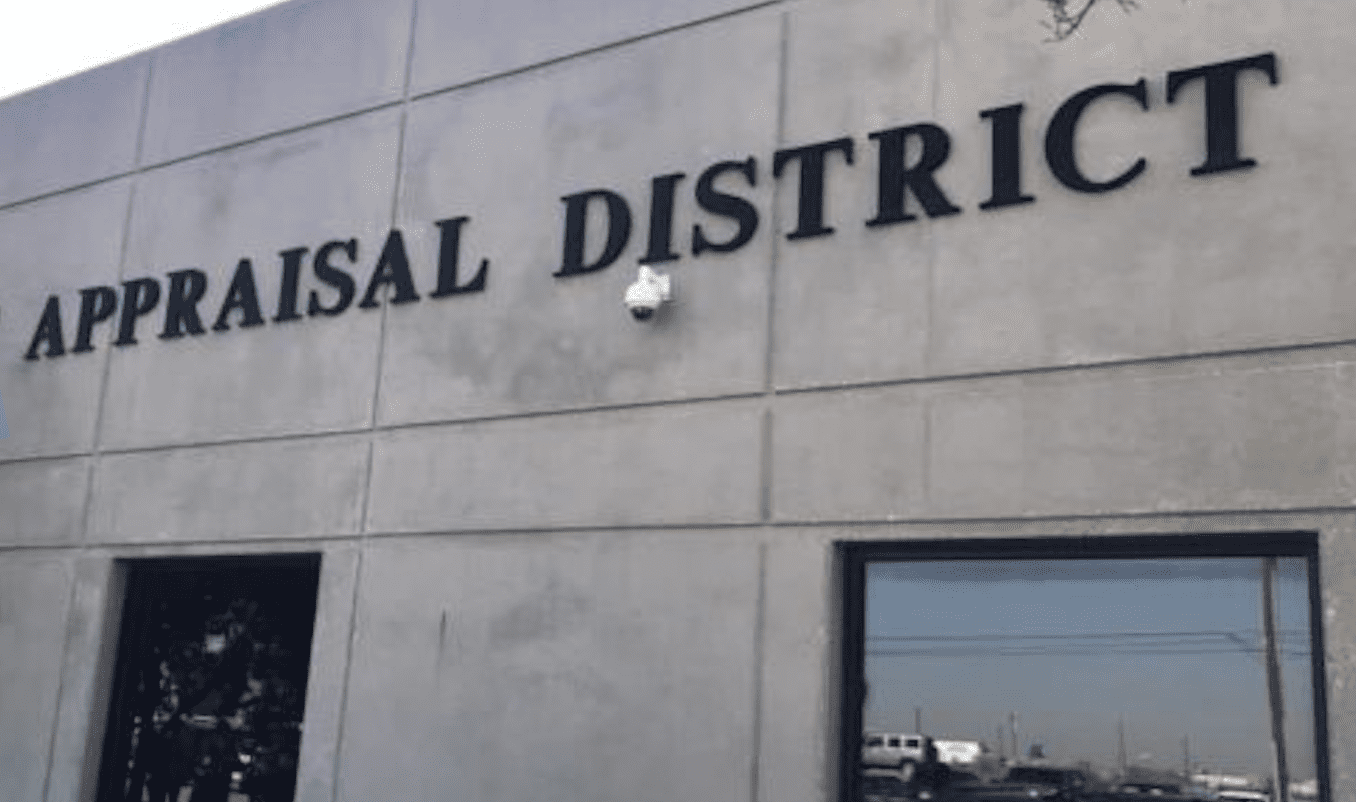Although both Tarrant County Republican groups and the party’s state platform oppose taxpayer-funded passenger rail, Tarrant County Judge Glen Whitley enthusiastically supports TexRail and the massive expansion of light and high-speed passenger trains, otherwise known as “transit”. He also denies that “transit” is receiving both toll diversions and state and local transportation tax dollars.
But according to the “T”, the $800 million in upfront costs for Tarrant County’s proposed commuter line (TexRail) will be sourced from every level of government. With the exception of the federal component, almost all of the proposed $400 million in state and local funding could alternatively be used to expand roadways.
In perpetuity, over twenty cities including Fort Worth, Dallas, Denton and Irving are collectively diverting hundreds of millions in sales taxes annually to operate the DART and “T” rail lines, funds that could also be used to lower property taxes, pay down debt or again, expand road capacity. The same will apply to TexRail, if built.
This should come as no surprise to Judge Whitley, who is one of 43 voting members on the Regional Transportation Council (RTC), an inconspicuous but powerful governing body that controls transportation policy for 6.5 million North Texans across sixteen counties.
In fact, during Whitley’s pro-rail presentation he highlighted several slides of the RTC’s approved 2035 Mobility Plan. What he conveniently left out is the slide that shows the $15.1 billion budgeted for new rail, along with the $1.5 billion in new bicycle and pedestrian projects.
Whitley also denied the existence of “excess toll revenue” sharing for rail and other non-road projects, even though over-tolling is official RTC policy that Whitley and others have rubber-stamped. In fact, the RTC’s 2014 Regional Tolling Analysis details precisely how much toll revenue collected from State Hwy 121 will be diverted elsewhere: $267 million for passenger rail, $19 million for rail stations/parking, $1 million for operations, $50 million for bicycles/pedestrians, $100 million for “studies” and “other”.
The legislature should ban this practice, as they are responsible for creating it.
It’s crystal clear why the RTC wants to add toll lanes to nearly every highway in the Metroplex region—to create “excess toll” slush funds that they will have dictatorial control over. Since the legislature has not given the RTC its own taxing authority, and because the state limits direct subsidizes for passenger rail and non-road projects, the RTC was given a way to use toll authorities to fund them anyway.
To be fair, Whitley is partially correct. The RTC doesn’t technically have it’s own money. But it does have absolute control over which projects are prioritized and funded, as stated on its website as a “policy-making body that controls which projects receive federal, state and local funding”.
The next time you hear a politician refer to a lack of money and the consequent need for more “managed” toll lanes, remind them that every level of government is currently diverting billions away from roads. Unless they’ve studied the RTC’s 2035 plan, it’s possible they are completely unaware.
It’s very simple. The “excess toll revenue” policy is a hidden tax increase to fund even more waste.
It’s time for Texans who want fiscally responsible transportation policy to demand that all available federal, state, and local taxes be spent on roadway expansion. To see the list of elected officials and bureaucrats on the RTC responsible for approving non-road diversions, click HERE.




